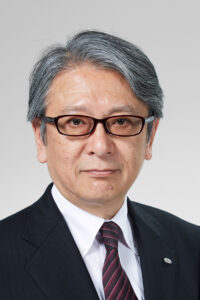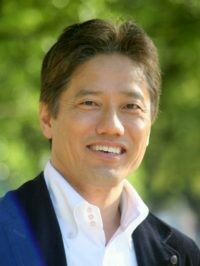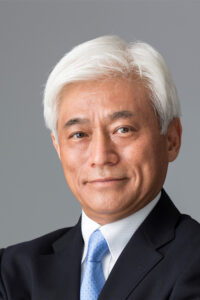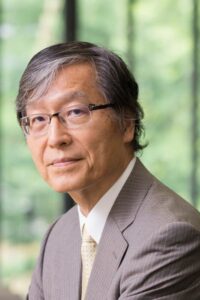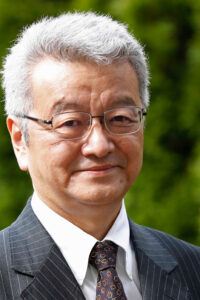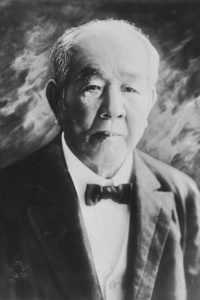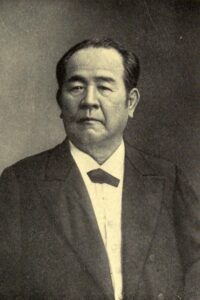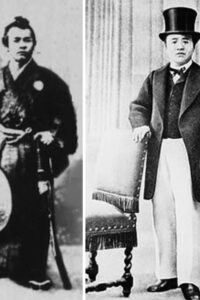
Key points: The government outlook is premised on growth, with some uncertainty. Distinguish between risk dispersion and redistribution functions Intensively direct public funds to those in desperate need The consumption tax rate has been raised to 10%, marking the end of the comprehensive reform of social security and taxation systems that started in the mid-2000s. But we face the 2025 problem of the baby boomers reaching the age of 75 and social security reform is now entering a crucial stage. As poverty grows amid slower economic growth and depopulation and population aging begin deepening in earnest, politicians are now expected to reconstruct sustainable social security; that is, to carry out sweeping reforms to facilitate the balance between social security benefits and contributions. The starting point for the fiscal reform debates is the May 2018 paper, “The Projections for the Future of Social Security with ... ... [Read more]

